Worst Space Debris Events of All Time
Growing Threat of Space Debris

The space around Earth is a crowded space packed with nearly 22,000 spent rocket stages, dead or dying satellites and countless crumbs of human-made orbital flotsam. An average of one object has reentered Earth's atmosphere every day.
Here are 10 of the most memorable manmade things that have rained down on us.
Satellite Shootdown
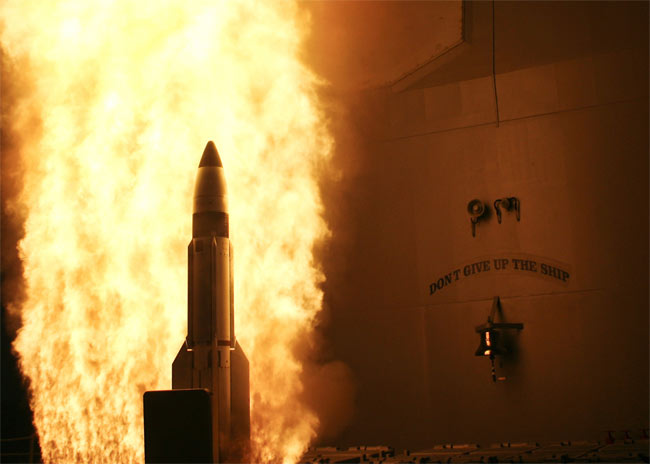
The U.S.Navy intercepted its defunct spy satellite USA-193 on Feb. 20, 2008, sending a trail of debristhat some amateur astronomers reported falling over the northwestern United States and Canada. Department of Defenseofficials said they hadn't recovered any debris larger than a football.
Noggin' Knocker
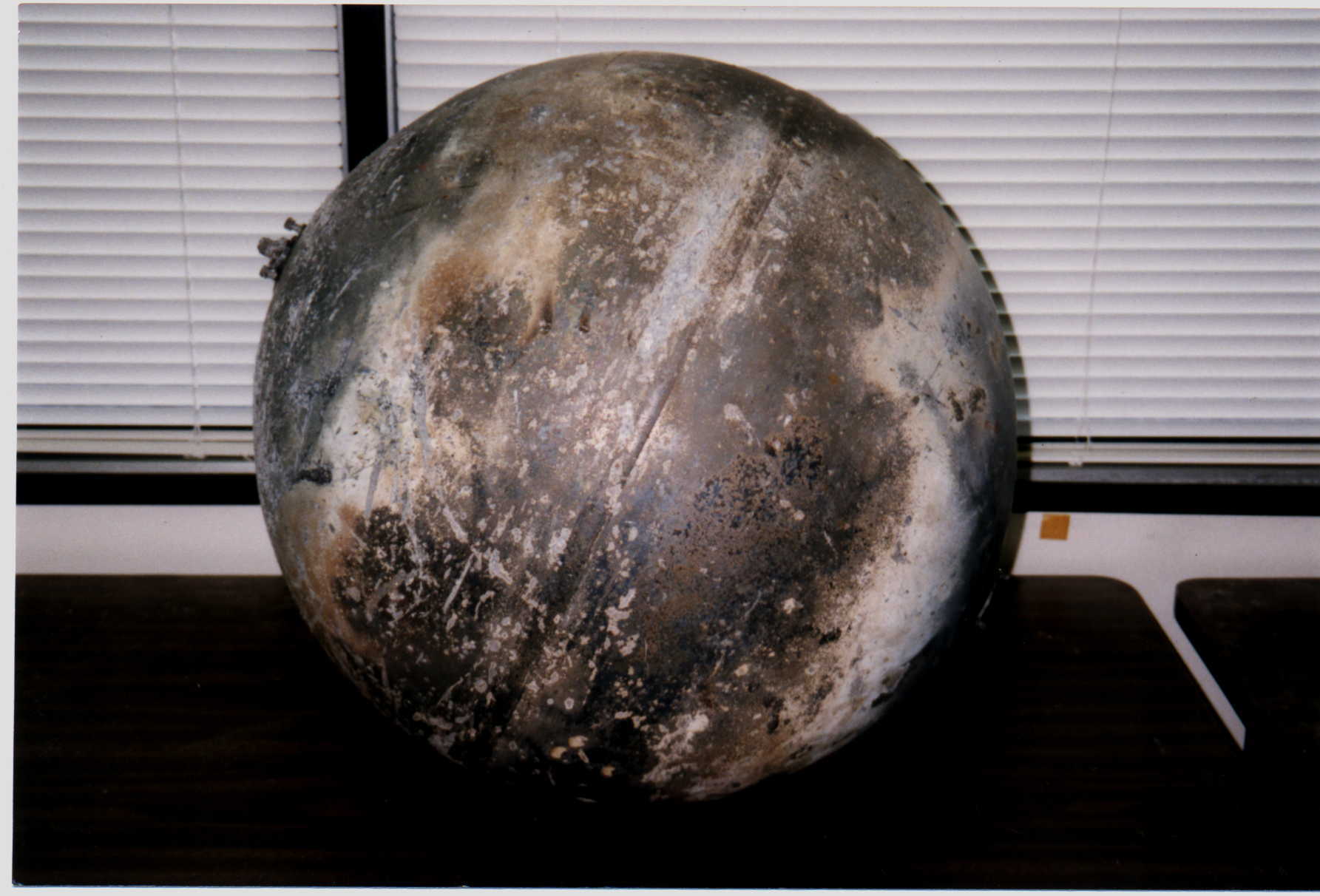
A womanin Turley, Oklahoma, got a noggin-knock in January 1997when she was struck with a lightweight fragment of charred woven material. Shewas not injured. The sky junk wasidentified as debris from a Delta 2 booster, which reentered the Earth'satmosphere on Jan. 22, 1997. Other debris from that booster included a steelpropellant tank and a titanium pressure sphere.
Mystery Ball
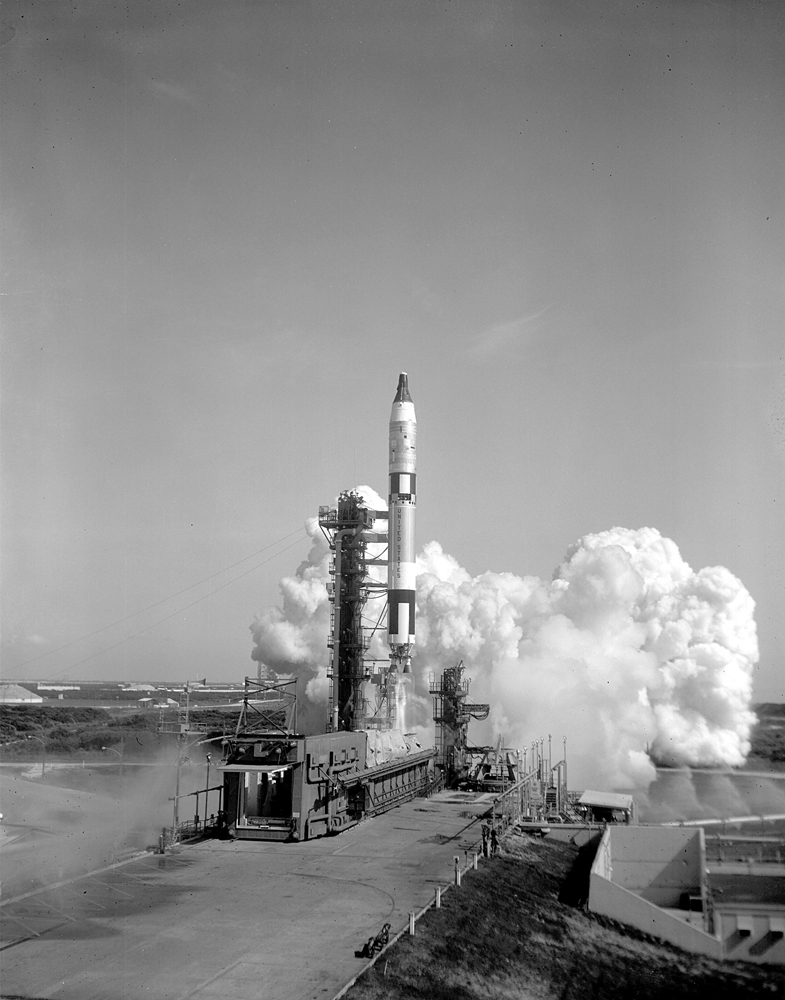
Severalmysterious spheres turned up in Australiain the 1960s, with some speculating these balls could be connected with UFO phenomenon.One such titanium sphere was spotted in Merkanooka, Western Australia. Dubbed the Merkanookaball, the metal sphere was later identified as a tank used for drinking waterin the Gemini V spacecraft, which was launched on Aug. 21, 1965, and reenteredthe atmosphere and splashed down into the Atlantic Oceanon Aug. 29 that year.
Toxic Touchdown
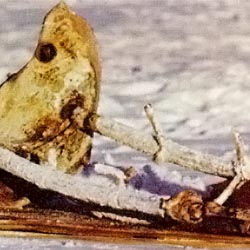
A secretSoviet-navy satellite called Cosmos 954, which was launched on Sept. 18, 1977,spiraled out of control. The spy radar antennas each sported a compact nuclearreactor, making the reentry one of the most frightening to date for people onthe ground. On Jan. 24, 1978, Cosmos954 reentered over Canada and shed debris across the frozen ground of the Canadian Arctic. Following thecrash, the U.S. and Canada conducted overflights of the area and associated cleanup efforts.
Desert Dropdown
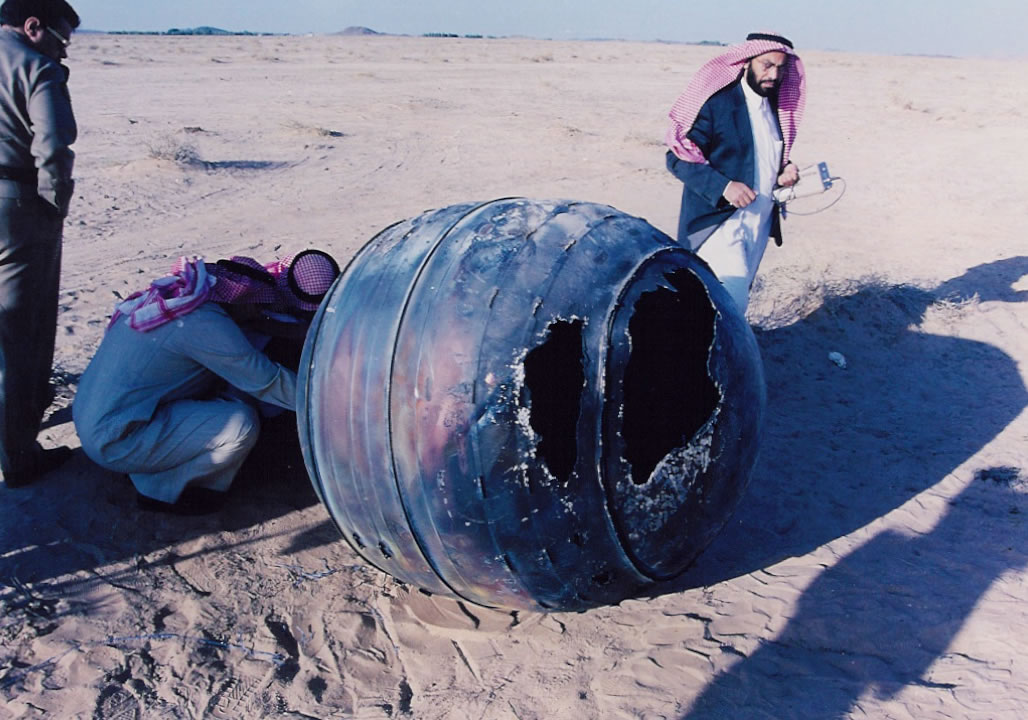
On Jan.21, 2001, a Delta2 third stage, known as a PAM-D (Payload Assist Module-Delta), reenteredthe atmosphere over the Middle East. Itstitanium motor casing, weighing about 154 pounds (70 kilograms), slammed downin Saudi Arabia, while atitanium pressurant tank landed near Seguin,Texas, and the main propellant tank plunkeddown near Georgetown, Texas.
Spare Space Parts
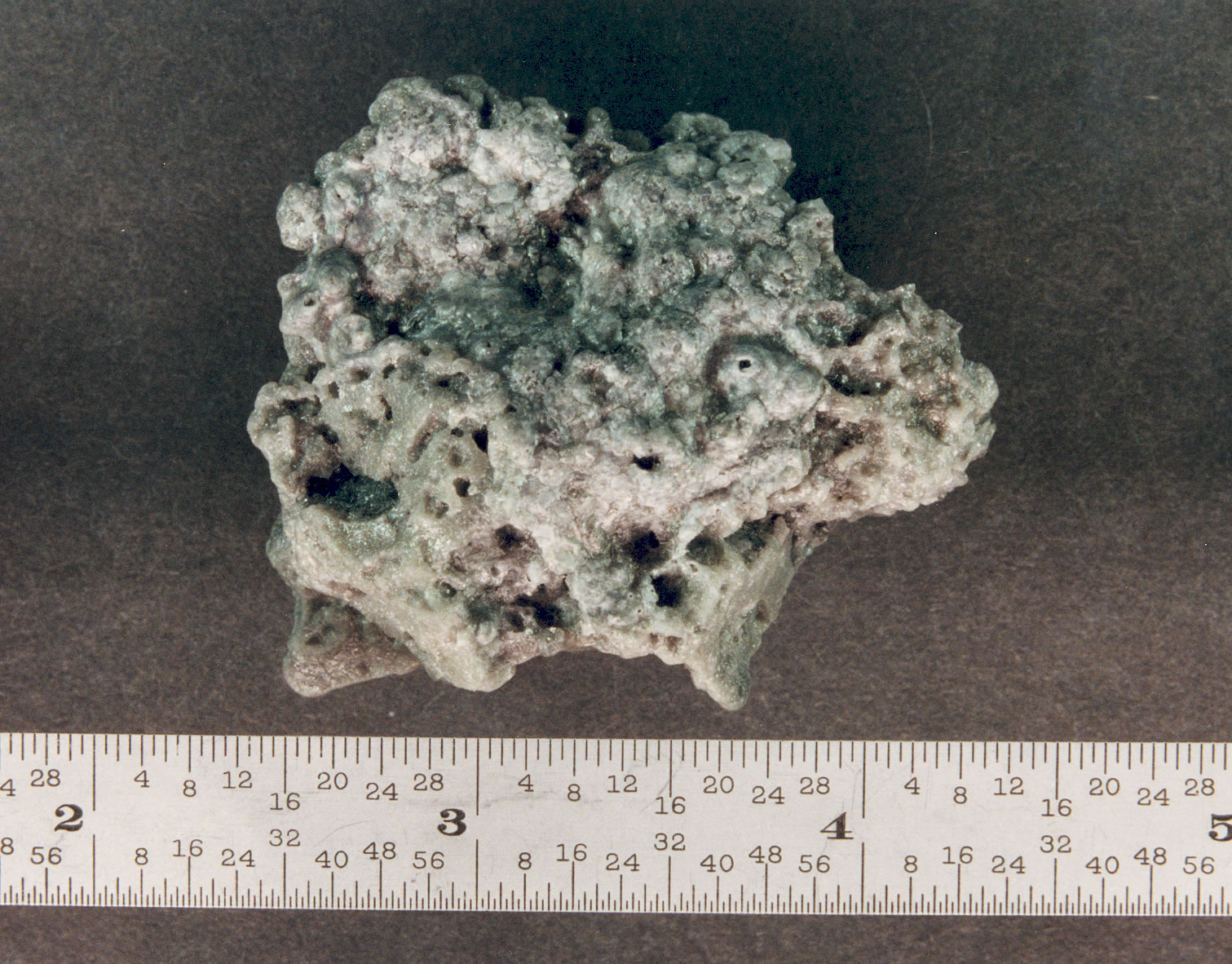
In May1966, spacecraft debris was spotted in the Rio Negro District of Brazil. Themetal parts were identified as coming from a stage of the Saturn developmenttest (SA-5) that launched in 1964 and which reentered the atmosphere on April30, 1966. The litterincluded a piece of lightweight metal, an oval-shaped chunk of metal, a blackbeehive-shaped structure and four pieces of fragile wire.
Columbia Debris
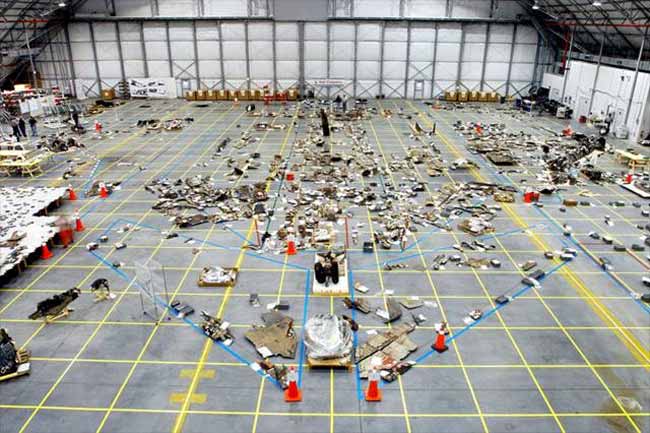
On Feb. 1, 2003, during its return to Earth, Space Shuttle Columbia disintegrated on reentry, killing seven astronauts. The catastrophic, lethal accident shed thousands of pieces of debris across a 28,000 square mile (72,520 square kilometers) area in eastern Texas and western Louisiana. More than 80,000 recovered pieces were stored for follow-up research.
Sonic Snow
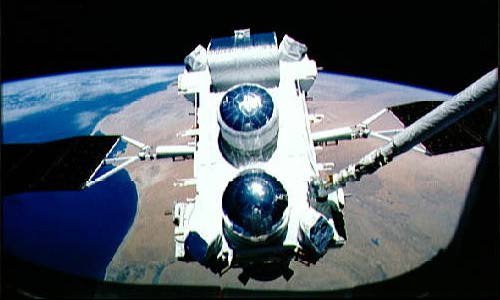
After completing51,658 orbits around Earth, the Compton Gamma Ray Observatory was intentionallydeorbited due to a crippled gyroscope on June 4,2000. As the spacecraft tumbled through Earth's atmosphere, its solar panelsand antennas were thought to pop off first, while other parts likely melted.About 13,227 pounds (6,000 kilograms) of debris from the observatory splasheddown into the Pacific Ocean southeast of Hawaii.
Russian Heavyweight
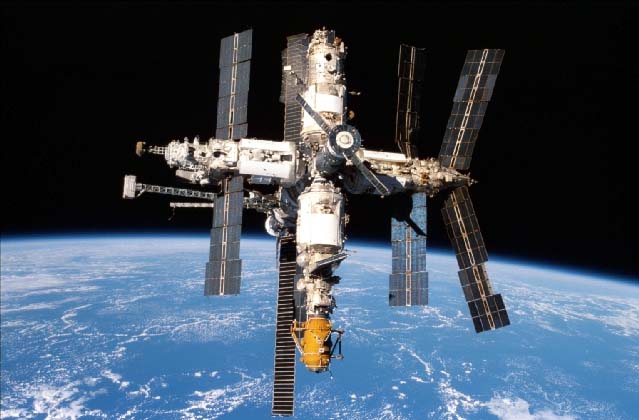
In theworld of space litter, the heavyweight champ would have to be Mir, heftier inits day than any object (except the moon) to orbit Earth. The 15-year-old Russianspace station began its suicidal nosedive on March 23, 2001, as itreentered Earth's atmosphere above the Pacific Ocean near Fiji. Though most of the station, weighing 286,600 pounds (130,000 kilograms), burned up in the atmosphere, about1,500 fragments reached Earth's surface. Beachgoers in Nadi, Fiji, snapped photos of blazing bits of Mir debris and there were reports of sonic booms caused by heavy debris.
Skylab Plummet
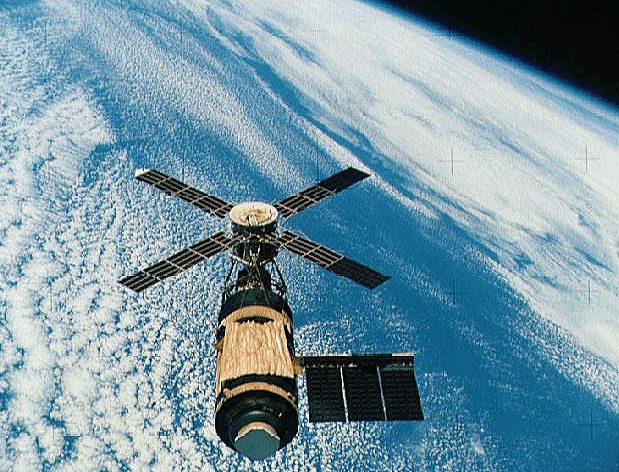
Weighing in at 77 tons (70,000 kilograms), the first and only solely-U.S. spacestation Skylab launched into orbit on May 14, 1973. Its orbiting operationscame to a premature end on July 11, 1979, when Skylab plummeted through theatmosphere, sending chunks of debris raining down over an area stretching fromthe Southeastern Indian Ocean across a sparsely populated section of Western Australia.
Join our Space Forums to keep talking space on the latest missions, night sky and more! And if you have a news tip, correction or comment, let us know at: community@space.com.
Get the Space.com Newsletter
Breaking space news, the latest updates on rocket launches, skywatching events and more!

Space.com is the premier source of space exploration, innovation and astronomy news, chronicling (and celebrating) humanity's ongoing expansion across the final frontier. Originally founded in 1999, Space.com is, and always has been, the passion of writers and editors who are space fans and also trained journalists. Our current news team consists of Editor-in-Chief Tariq Malik; Editor Hanneke Weitering, Senior Space Writer Mike Wall; Senior Writer Meghan Bartels; Senior Writer Chelsea Gohd, Senior Writer Tereza Pultarova and Staff Writer Alexander Cox, focusing on e-commerce. Senior Producer Steve Spaleta oversees our space videos, with Diana Whitcroft as our Social Media Editor.
